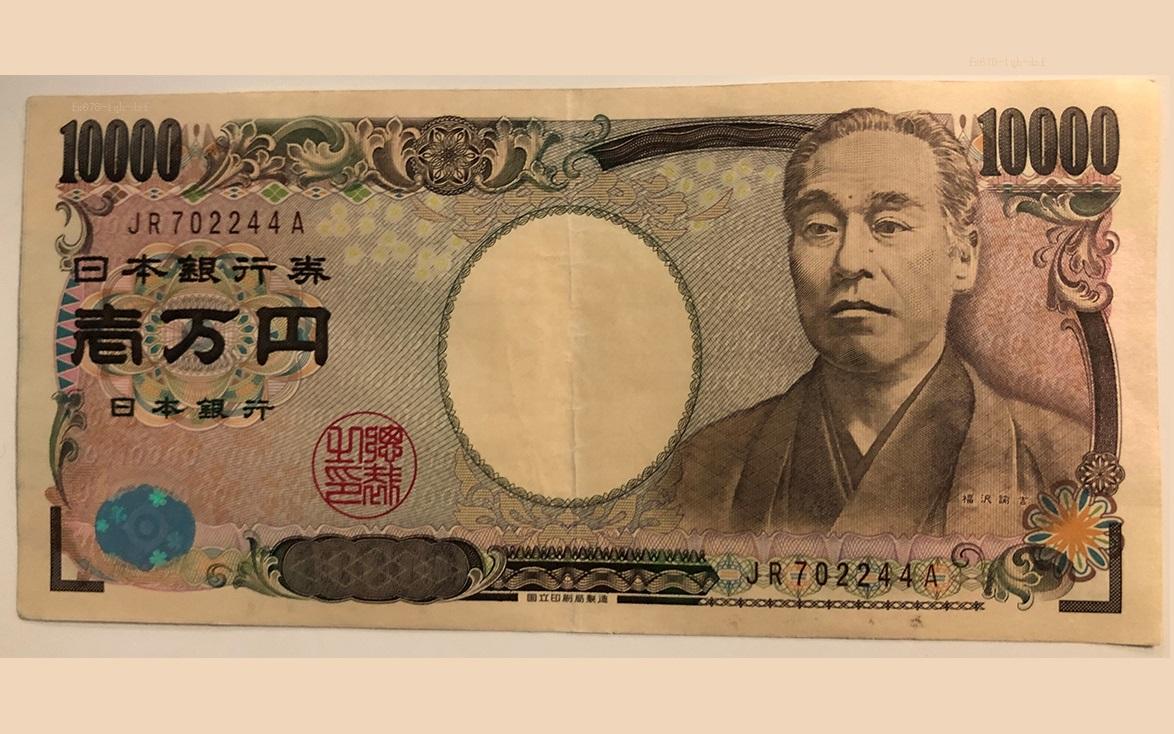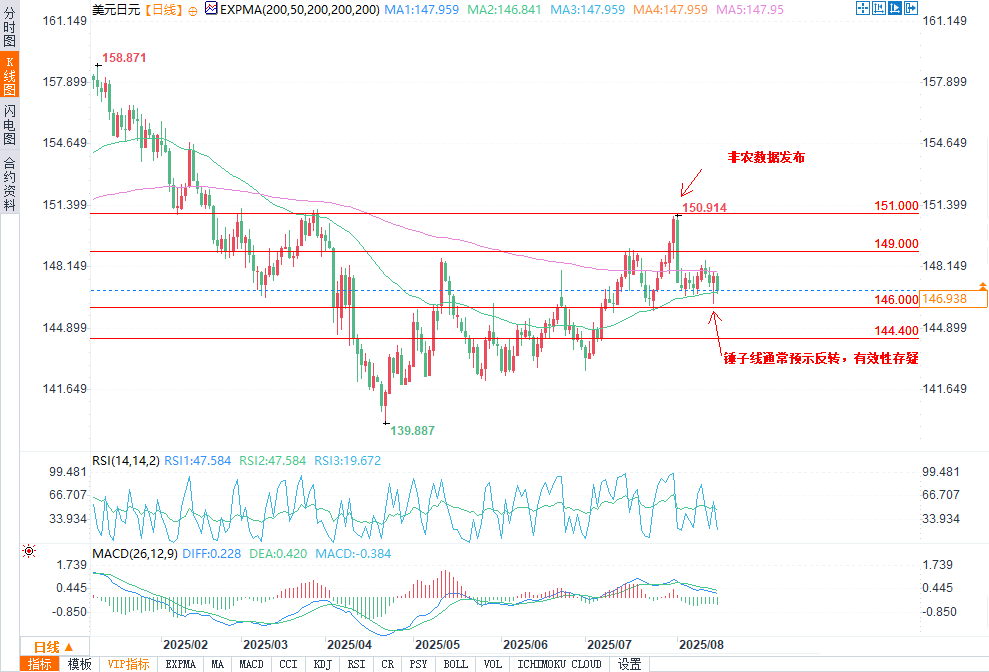USD/JPY Forecast: Japan’s GDP surprise fuels Bank of Japan rate hike bets, but the pair’s trajectory remains dependent on the US economy
2025-08-15 19:09:00

Japan's GDP performance exceeded expectations, increasing market bets on the Bank of Japan (BoJ) to raise interest rates, but the trend of USD/JPY still depends on the state of the US economy, with retail sales and import price data now in focus.
The dominant driver of the USD/JPY exchange rate remains the US economic and policy backdrop, with the next batch of key signals likely to come from retail sales and import price data due later on Friday.
OCBC currency analysts Frances Cheung and Christopher Wong noted that US Treasury Secretary Bensonte's clarification that he had not called for an interest rate hike in Japan fueled the USD/JPY rebound. Earlier this morning, Japan's second-quarter GDP data beat expectations, pushing USD/JPY further back. Wage growth, broadening inflation in the services sector, and positive economic activity in Japan should continue to support the Bank of Japan's policy normalization. The renewed divergence in policy between the Federal Reserve and the Bank of Japan will become a key factor supporting the USD/JPY's downward trend.
Trade boosts Japan's GDP
Japan's economy outperformed expectations in the second quarter, with real GDP expanding by 0.3% quarter-over-quarter, triple the market's forecast. This unexpected improvement was driven primarily by trade: despite the impact of US tariffs, exports surged by 2%, bringing net exports' contribution to economic growth to 0.3 percentage points.
Private consumption accounts for over 50% of Japan's economic activity and is a key driver of inflationary pressure. It rose 0.2% this quarter, double the expected rate. While the Bank of Japan will be encouraged by signs of consumer resilience, it will likely need to see further wage growth translate into stronger consumer spending before it can be confident that inflation is self-sustaining.
The GDP deflator (a broad economic inflation indicator that measures price changes for all goods and services produced domestically) rose 3% year-on-year, down 0.3 percentage points from the first quarter.
Stabilizing economic growth, resilient trade, and elevated inflation all combine to strengthen the case for the Bank of Japan to resume rate hikes before the end of the year. While this may please Besant, who this week made a rare statement that the Bank of Japan is lagging in its fight against inflation, the dominant drivers of USD/JPY's long-term trajectory remain almost entirely determined by the US.
U.S. retail sales and import price data in focus
With the US Consumer Price Index (CPI) and Producer Price Index (PPI) reports already released, retail sales data and import price data due later on Friday are the next set of risk events that could impact USD/JPY - these data will reveal the actual impact of higher tariffs on upstream price pressures and consumer behavior.
Thursday's strong PPI report, which showed rising service prices, mirrored details in the CPI report and triggered a reversal in the USD/JPY exchange rate. If retail sales and import price data continue to beat expectations, the USD/JPY bullish trend could extend into the weekend.
The Trump-Putin summit in Alaska may complicate exchange rate movements, but its impact on safe-haven hedging activities may be limited as the market generally expects little major progress from the summit.
US economic uncertainty triggers sharp fluctuations in USD/JPY
Recent USD/JPY activity has been somewhat unusual by conventional standards, likely reflecting market uncertainty about the true state of the US economy. US job growth has slowed significantly, but wage and service inflation remain resilient, and there are currently few signs of widespread layoffs. While the market anticipates the Federal Reserve's first interest rate cut of the year in September, this outlook could shift rapidly if the July non-farm payroll report proves to be an aberration rather than the beginning of a trend change, as it appeared to be 12 months ago.

(Source of USD/JPY daily chart: Yihuitong)
As a result, USD/JPY has been trading in a narrow range since the release of the non-farm payroll report: falling below 147.00 has attracted buying, while rising above 148.00 has faced selling pressure. A "hammer" candlestick pattern appeared on the daily chart on Thursday, suggesting upside risk ahead of Friday's data release, but given the recent volatility, it's difficult to assign too much weight to this signal.
At the same time, momentum indicators have not released clear signals: the relative strength index (RSI, 14-day period) and the moving average convergence divergence (MACD) are both flattening around neutral levels, which means that the market should pay more attention to the actual trend of the exchange rate.
If the data pushes the exchange rate to break out of the current range, support levels will be seen at 146.00 and 144.40, while resistance levels will be at 149.00 and 151.00.
- Risk Warning and Disclaimer
- The market involves risk, and trading may not be suitable for all investors. This article is for reference only and does not constitute personal investment advice, nor does it take into account certain users’ specific investment objectives, financial situation, or other needs. Any investment decisions made based on this information are at your own risk.





















